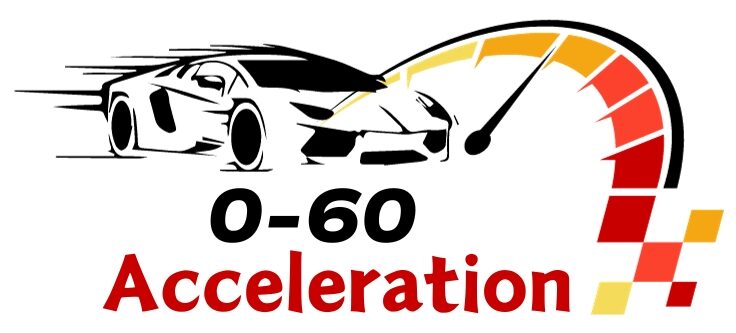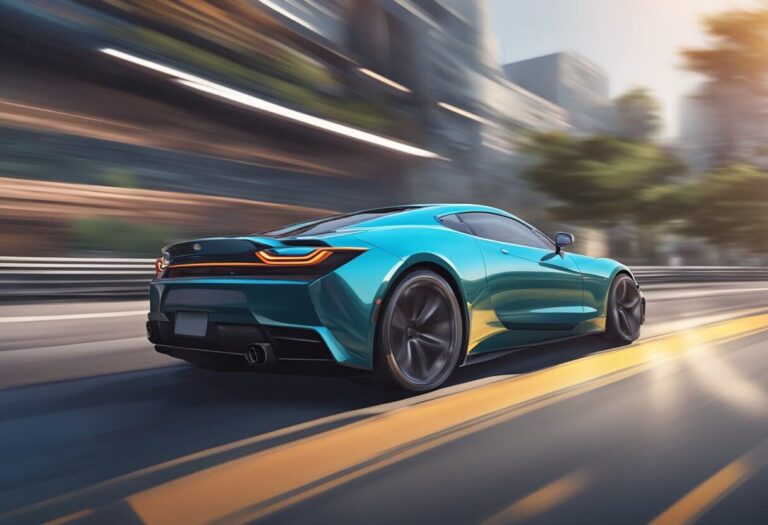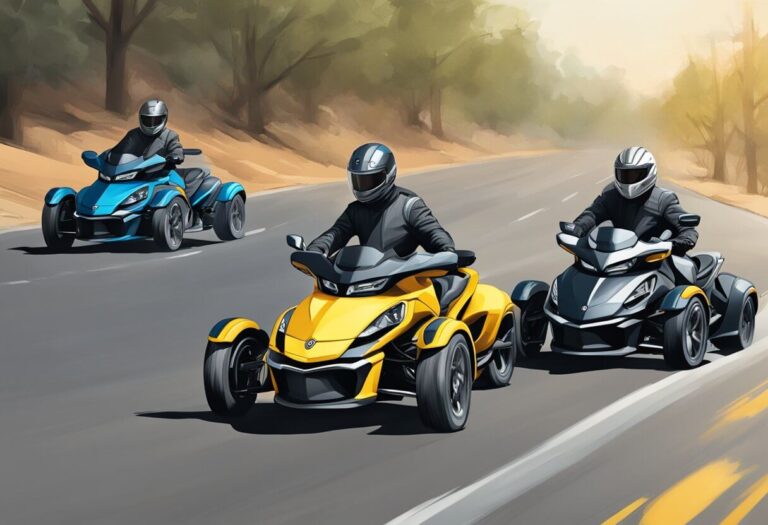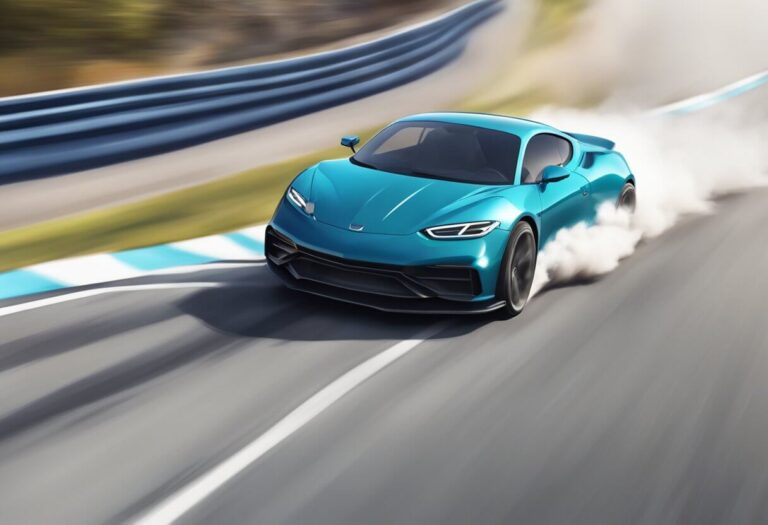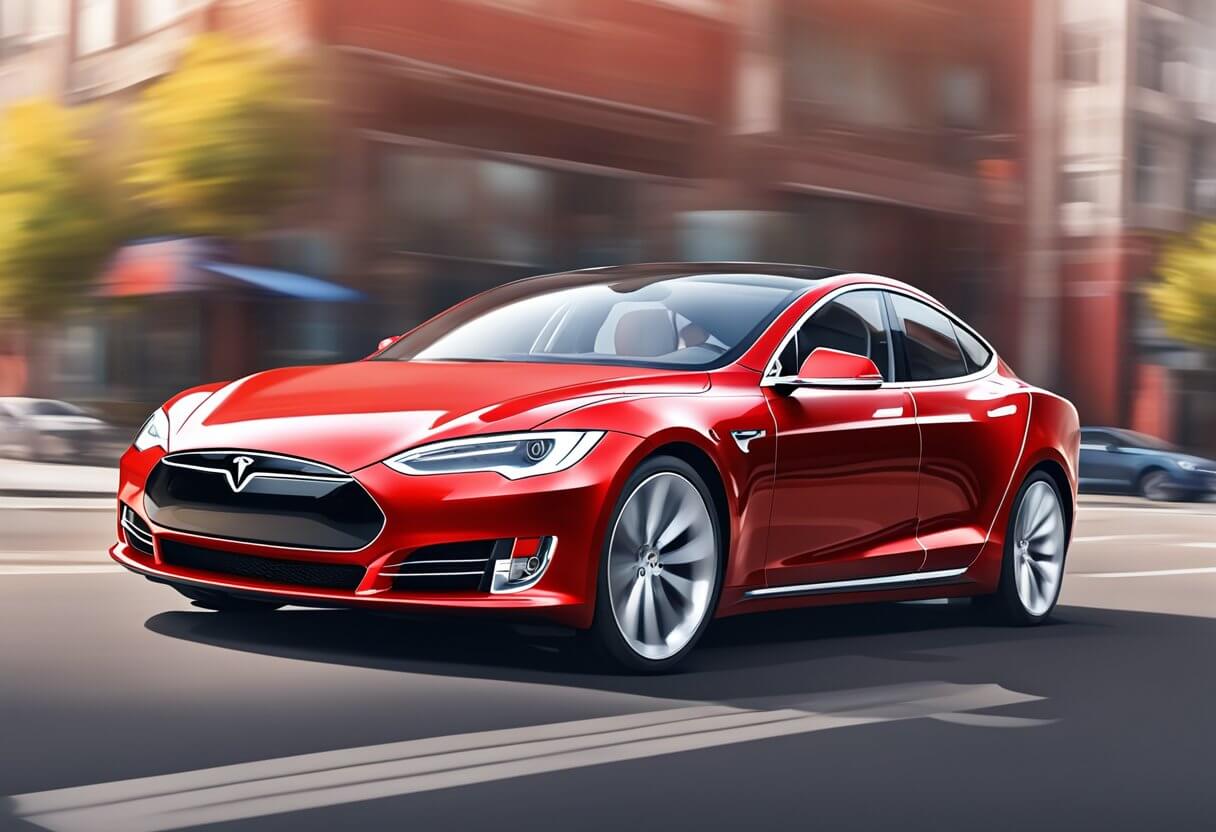
If you’ve ever witnessed a Tesla accelerate from a standstill, you know they possess an otherworldly ability to unleash staggering bursts of speed with a mash of the accelerator. The instant torque from Tesla’s electric motors allows their vehicles to simply explode off the line, rapidly building speed in a manner that leaves even some of the world’s fastest supercars eating their dust.
The 0-60 mph acceleration time has long been a crucial performance benchmark in the automotive world. It represents that visceral thrill experienced when a powerful vehicle launches hard and determines vehicles’ performance capabilities in many real-world driving situations like merging onto highways.
In this article, we’ll explore exactly how quickly Tesla’s vehicles can accelerate from 0-60 mph, examine the factors that make their acceleration so explosively quick, compare them to some of the world’s premier supercars and high-performance muscle cars, provide tips to maximize your Tesla’s 0-60 times, and look ahead at the future potential for even quicker electric vehicle acceleration.
Understanding 0-60 MPH Acceleration Times
Before we dive into the specifics around Tesla’s 0-60 times, it’s important to understand what this metric represents and why it matters so much as a performance indicator.
A vehicle’s 0-60 mph acceleration time measures how quickly it can accelerate from a standstill to 60 miles per hour. The quicker a vehicle can achieve this benchmark speed, the more powerful and responsive it is off the line.
Several key factors influence how quickly a vehicle can accelerate from 0-60 mph:
- Power output: More horsepower and torque allow a vehicle to accelerate harder.
- Traction: The ability to transfer the engine’s power to the road through the tires. All-wheel drive often helps here.
- Weight: Lighter vehicles require less power to accelerate quickly.
- Gearing: Short gearing helps a vehicle accelerate quickly off the line before running out of rpm.
While outright top speed gets a lot of attention, most drivers spend much more time accelerating from stops in daily driving than exploring their vehicle’s maximum velocity limits on an open road or track. That’s why 0-60 mph times are so heavily scrutinized and competitive among performance vehicle manufacturers.
Tesla’s Quickest 0-60 MPH Times
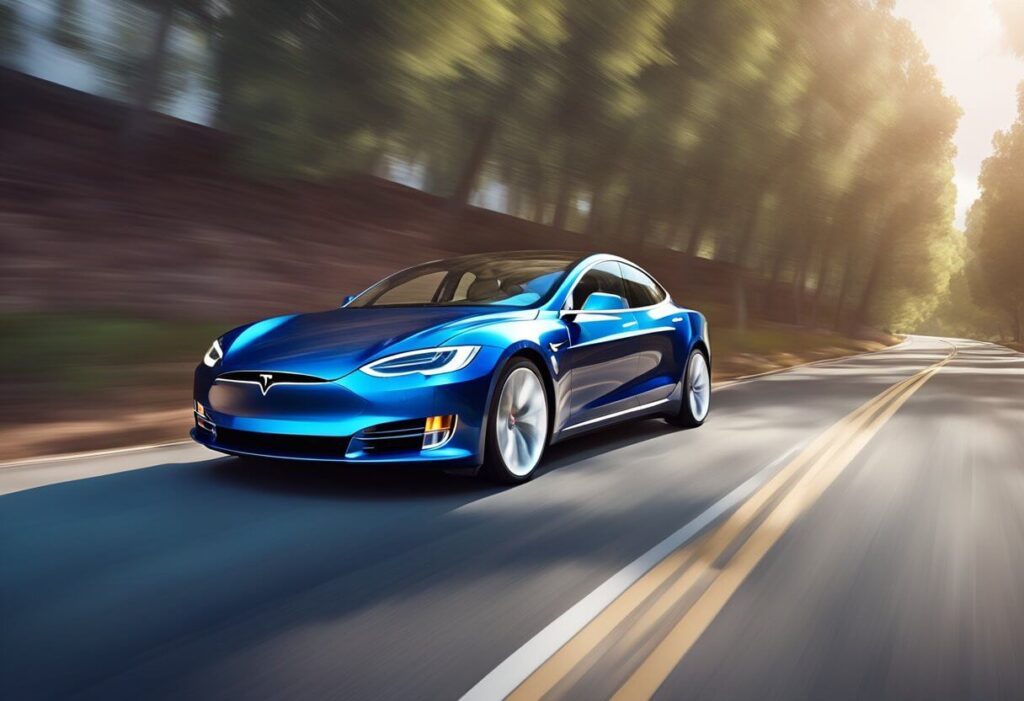
So just how outrageous are Tesla’s 0-60 mph times? Let’s look at some of the Silicon Valley automaker’s quickest accelerating production models from 0-60 mph according to independent tests:
- Tesla Model S Plaid: 0-60 mph in 1.99 seconds
- Tesla Roadster (target): 0-60 mph in under 1.9 seconds
- Tesla Model X Plaid: 0-60 mph in 2.5 seconds
- Tesla Model Y Performance: 0-60 mph in 3.6 seconds
- Tesla Model 3 Performance: 0-60 mph in 3.1 seconds
To put those times into perspective, the Tesla Model S Plaid can accelerate from 0-60 mph in less time than it takes the average person to simply blink! Its 1.99 second 0-60 time makes it the quickest production vehicle MotorTrend has ever tested.
Even Tesla’s more “mainstream” models like the Model 3 and Y Performance variants outperform many dedicated sports cars and supercars from just a decade ago with their sub-3.5 second 0-60 times.
While the top ranges differ, all current production Teslas have a variation with impressively quick off-the-line acceleration capabilities thanks to their electric powertrains.
How Teslas Achieve Insane Acceleration
So what exactly makes Tesla’s vehicles so immensely quick from a standstill? The core reasons stem from the inherent advantages of electric propulsion systems:
Instant Torque Delivery: Gas engines need to build up revs and spool up turbochargers before generating peak torque and acceleration. Electric motors produce their maximum torque output instantly from 0 rpm.
All-Wheel Drive Traction: Models like the Plaid Model S and X feature a dual-motor setup providing all-wheel drive traction to maximize off-the-line grip.
Advanced Traction/Stability Control: By precisely controlling power delivery to each wheel, Tesla vehicles limit wheel slip and maximize available traction during launches.
Low Center of Gravity: The heavy battery pack mounted along the floor provides a low center of gravity that enhances traction and acceleration.
In addition, electric motors are simply more efficient than internal combustion engines at translating power into forward momentum. This, combined with a responsive two-gear transmission motivating the vehicle from a stop, allows Teslas to achieve frighteningly quick 0-60 mph times.
Teslas vs Gas-Powered Supercars 0-60 MPH
How do Teslas’ face-distorting 0-60 mph times compare to some of the world’s quickest internal combustion sports cars and muscle cars? The results might surprise you.
Tesla Model S Plaid vs Supercars
- Model S Plaid 0-60 mph: 1.99 seconds
- Lamborghini Aventador SVJ 0-60 mph: 2.8 seconds
- Ferrari SF90 Stradale 0-60 mph: 2.5 seconds
- McLaren 765LT 0-60 mph: 2.7 seconds
Even the top-spec supercars from brands like Lamborghini, Ferrari, and McLaren trail the Plaid’s 0-60 mph performance by a considerable margin. The light, aerodynamic body designs can’t make up for their weighty, high-revving engines when it comes to pure off-the-line acceleration.
Tesla Model S Plaid vs Muscle Cars
- Model S Plaid 0-60: 1.99 seconds
- Dodge Challenger SRT Demon 0-60: 1.66 seconds
- Ford Mustang Shelby GT500 0-60: 3.3 seconds
- Chevrolet Camaro ZL1 0-60: 3.5 seconds
The trend continues versus American muscle cars. While specially-built dragsters like the Demon can nearly match the Model S Plaid, more street-focused muscle cars like the GT500 and ZL1 models are between 0.5-1.5 seconds slower to 60 mph.
Of course, the heavier battery weight and lower top speed capabilities of Teslas does put them at a disadvantage in scenarios beyond straight-line acceleration. But when it comes to simply demolishing competitors from 0-60 mph, they are in a class by themselves.
Is Quickest 0-60 MPH The Only Measure of Performance?
While the standout 0-60 mph times of Teslas are impressive, it’s important to remember that outright acceleration off the line is not the be-all and end-all for performance driving. Other critical metrics include:
- Top Speed: Higher top speeds require much more power but lower drag and gearing for longevity.
- Braking Performance: More than just acceleration, a vehicle needs to shed speed rapidly as well. Lightweight brakes are key.
- Handling and Road-Holding: Acceleration is meaningless without the ability to deftly negotiate turns at speed.
- Track Performance: Combining acceleration, braking, and handling at a race circuit is the ultimate performance test.
While electrifying acceleration and thrust is undoubtedly a strong suit, multi-talented supercars excel in areas like top speed capabilities above 200 mph, sustained track performance with their combustion engines, and exploiting aerodynamics for extreme high-speed handling and braking.
The Plaid models have closed this gap compared to past Teslas, but vehicles purpose-built for max performance like the latest supercars and dedicated track machines continue to hold an overall dynamic advantage even if their 0-60 mph times can’t quite match Tesla’s sheer neck-snapping straight-line acceleration.
Tips For Maximizing Your Tesla’s 0-60 MPH Performance
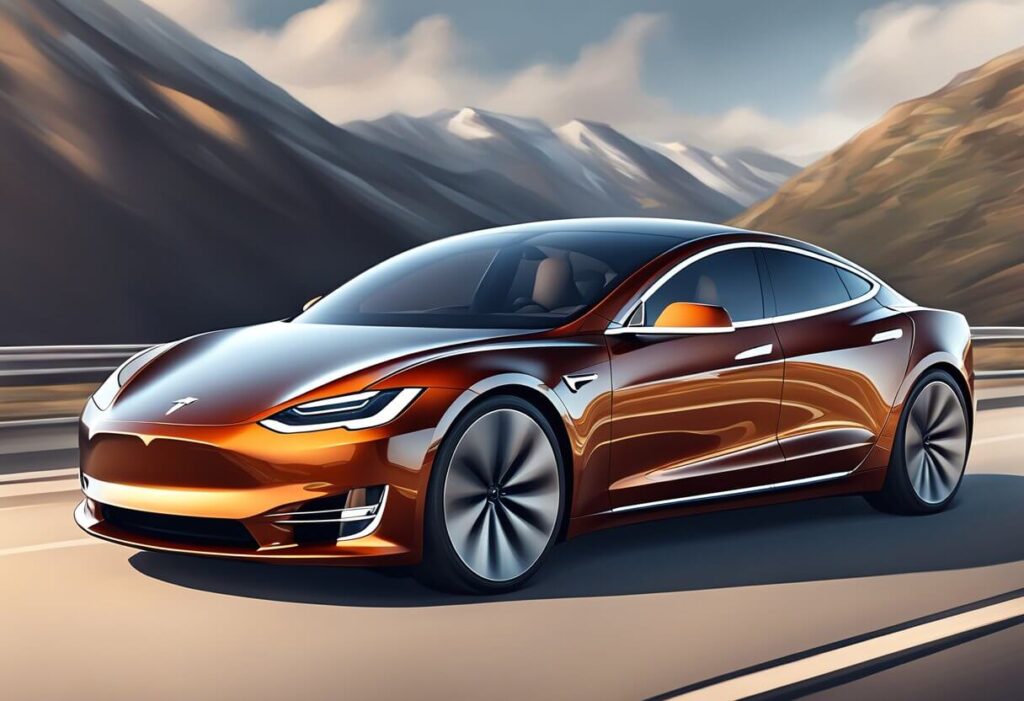
Getting the absolute maximum 0-60 mph performance out of your Tesla requires engaging the proper settings and techniques. Here are some tips to extract every last ounce of quickness:
Engage Drag Strip/Ludicrous+ Mode: Top models like the Plaid have specialized performance modes that optimize power delivery, heating/cooling management, traction control, and more for max acceleration runs.
Use Proper Launch Technique: Many Teslas require carefully modulating the accelerator pedal during launch to limit wheelspin and wheelhop. Practice runs are recommended.
Ensure Optimal Conditions: Like all high-performance vehicles, environmental factors like cool ambient temps, grippy surfaces, and low battery state of charge can help eke out quicker times.
Upgrade Tires/Wheels: While pricy, aftermarket stickier tires and lighter wheels can reduce unsprung weight and rotational inertia for better launches.
Software Updates: Tesla periodically releases over-the-air software updates that can improve 0-60 mph times through refinements to powertrain calibrations, traction control systems, and more.
While surprisingly quick from the factory, a few carefully implemented measures can help minimize 0-60 mph times for those seeking every last 1/10th of a second of performance from their Tesla.
The Future of Ultra-Quick EV Acceleration
With the instant torque delivery and rapid acceleration capabilities of current Tesla models, it’s staggering to imagine how even quicker 0-60 mph times might be achieved with future technological advancements. Some possibilities include:
- Higher Performance Electric Motors: More power-dense, lighter motors and inverters to improve power-to-weight ratios
- Advanced Traction Management: Ever more sophisticated integration of sensors, power distribution, and traction control software
- Lighter, Higher Energy Batteries: Reducing vehicle weight through advanced battery chemistries and materials
- Improved Thermal Management: More efficient means to keep batteries and motors cool during extreme acceleration events
In the near-term future, many expect the next Tesla Roadster to showcase some of these innovations by potentially achieving a 0-60 mph time of under 1.9 seconds. This would make it one of the first production vehicles to level the sub-2 second 0-60 mph barrier.
As Elon Musk has teased, Tesla continues to work toward “insane” acceleration goals for the Roadster specifically, and future Tesla models more broadly. While hard to fathom, it’s conceivable we could see 0-60 mph times of under 1.5 seconds thanks to the relentless progress in EV powertrain development.
The pursuit of quicker and quicker acceleration may eventually be limited more by human physiology and G-force tolerance than technological constraints! The driving experience of vehicles capable of 0-60 mph runs in less than 1.5 seconds may simply prove too brutal for most drivers.
Wrapping Up
In a world where automotive performance figures continue advancing at a blistering pace, Tesla currently stands head and shoulders above all rivals when it comes to blisteringly quick 0-60 mph acceleration times. Their ability to unleash massive torque instantly from a stop allows even family-oriented models to handily outpace exotic supercars away from a standing start.
Yet Tesla’s prowess goes beyond simply spitting out obscenely quick 0-60 mph metrics. The seamless yet brutal g-force sensations delivered by their electric powertrains redefine the driving experience for daily commuters and performance enthusiasts alike.
While other measures of performance like ultimate top speeds, braking distances, and sustained track lap times are still the domain of more specialized ultra-high performance machines, the 0-60 mph acceleration crown firmly belongs to vehicles like the Model S Plaid that can rocket to 60 mph faster than the blink of an eye.
And if Elon Musk and Tesla’s engineers have their way, today’s blisteringly quick 0-60 mph times will seem lethargic compared to the acceleration capabilities of tomorrow’s upcoming full-electric models from the relentless Silicon Valley innovator. With prospects like a sub-1.9 second 0-60 already being discussed for the next Roadster, Tesla is clearly committed to pushing the boundaries of straight-line acceleration into the once unimaginable depths of after-burner g-forces.
